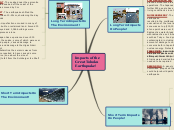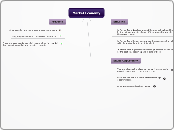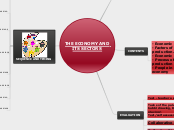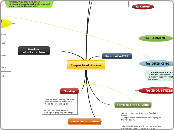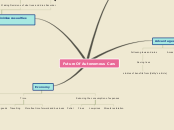av Amy Clements för 9 årar sedan
16306
Short & Long Term Impacts of Great Tohoku Earthquake
The Great Tohoku Earthquake had profound short and long-term effects on Japan and its people. The transport network faced significant disruption with damaged expressways, derailed trains, and a damaged airport.
